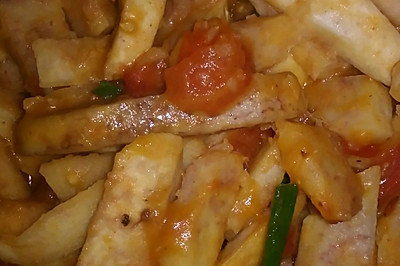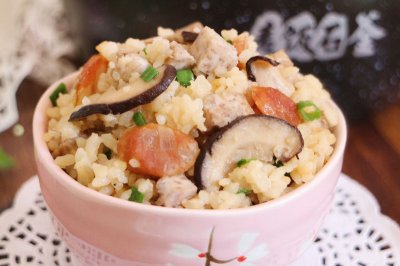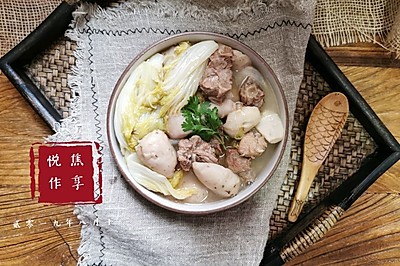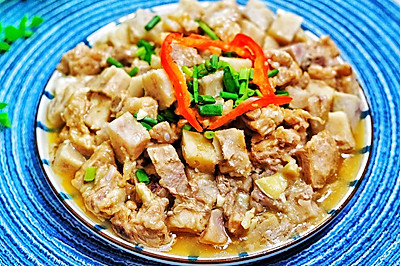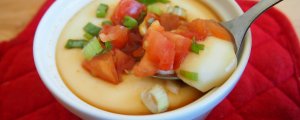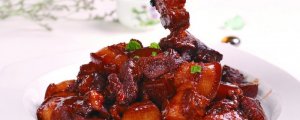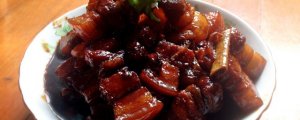
Braised taro
(87970 views)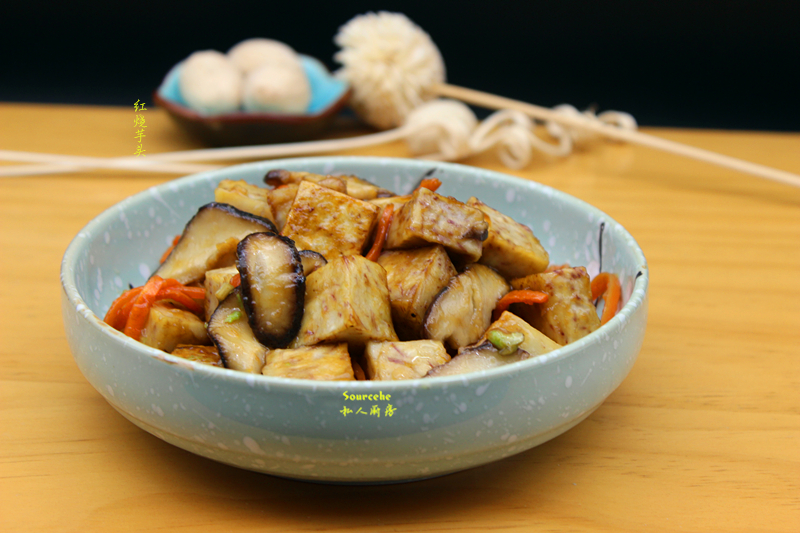
Taro tastes soft, soft, sweet and glutinous. Its nutritional value is similar to that of potatoes. It does not contain solanine. It is easy to digest. It contains many kinds of microelements. It can enhance the immune function of human body. The content of fluorine in the mineral of taro is high. It has the function of cleaning teeth, preventing caries and protecting teeth. Nutritional value is high. Calories are lower than potatoes. Taro is delicious no matter how it is made. Today, I will have a braised taro.
Cooking ingredients
Cooking Steps

Step1:Taro peeled, washed, cut into pieces, carrot peeled and sliced, mushroom washed and sliced, so the ingredients are ready for us

Step2:Heat the pot, pour in the oil, raise the oil temperature to 180 ° and fry the cut taro. Turn over the taro once. Continue to fry until all the taro is yellowish. Then take out the taro. Use the oil suction paper to suck up the excess oil. Cover the taro with PS oil.

Step3:Pour out the fried taro oil and leave a little bit in the pot. Stir fried mushroom slices and carrot shreds

Step4:Add the taro just fried. Stir fry

Step5:Add scallion, soy sauce, salt, stir fry; PS - braised taro with scallion. If you use scallion leaves, the scallion leaves will turn yellow when you thicken them.

Step6:Mix 3 grams of raw meal with 9 grams of water. Pour into the pot. Stir fry. Collect the juice. PS - thickened with raw powder.
Cooking tips:1. When taro is peeled, it is recommended to wear gloves to prevent skin allergy; 2. After fried taro, it should be poured out. Cooking oil does not need so much; 3. Add raw powder to thicken the sauce. The taste is more beautiful. There are skills in making delicious dishes.
 Chinese Food
Chinese Food
